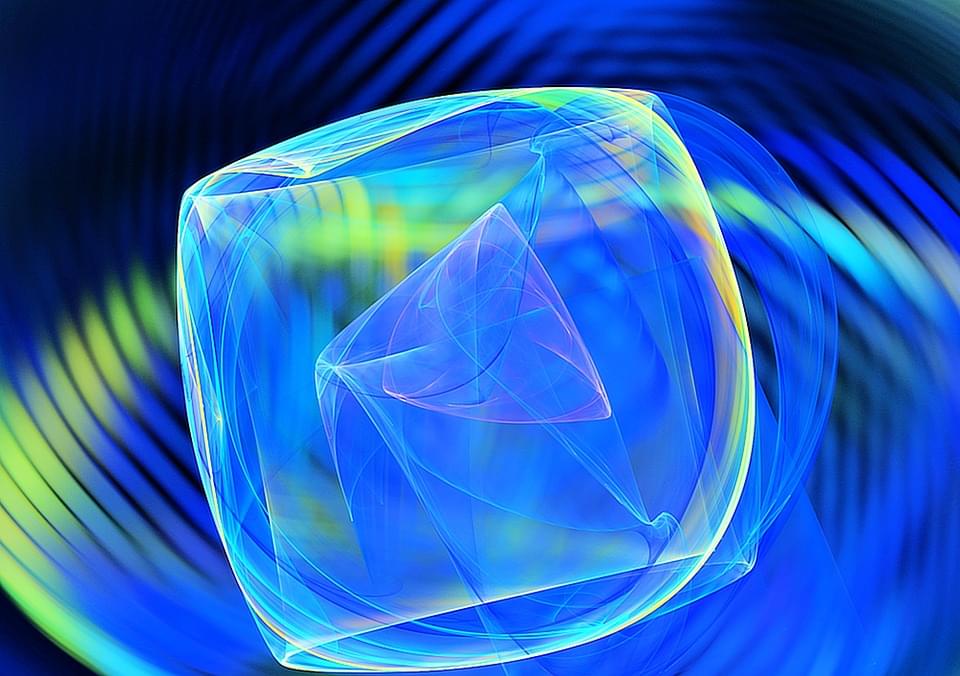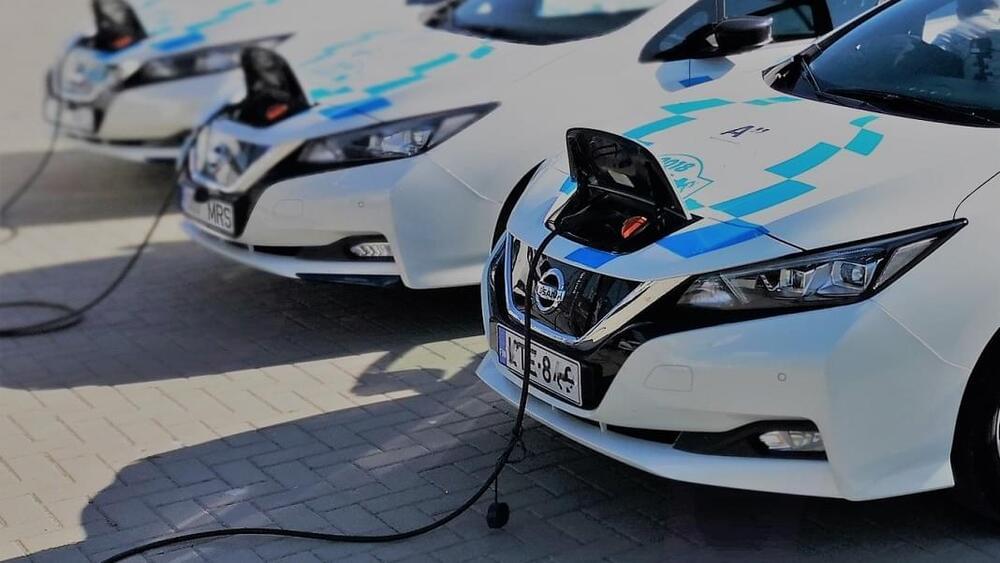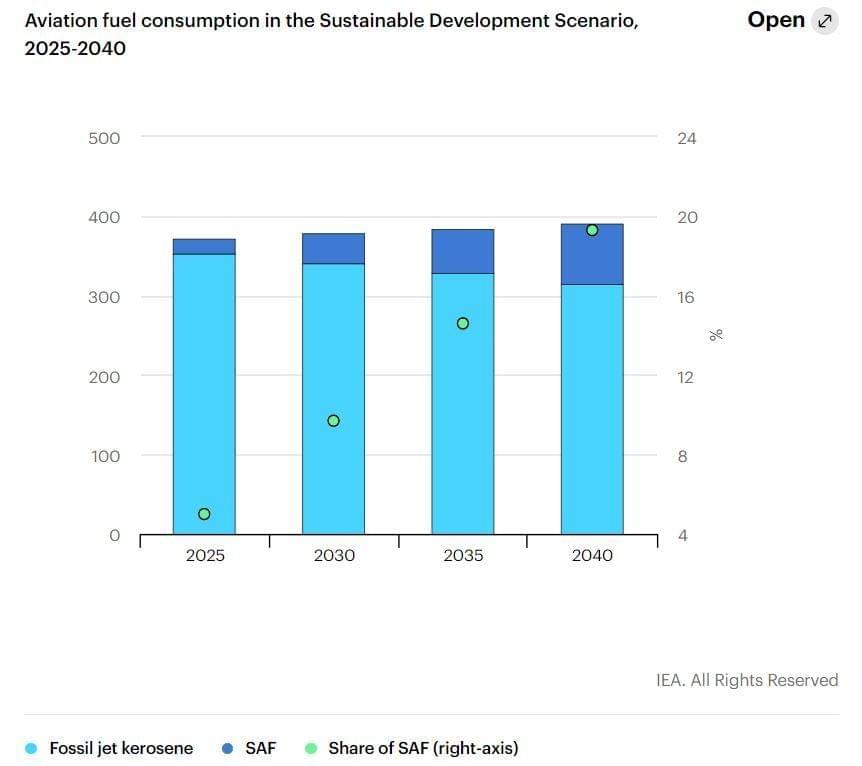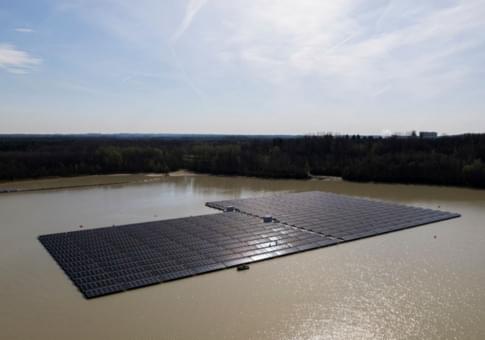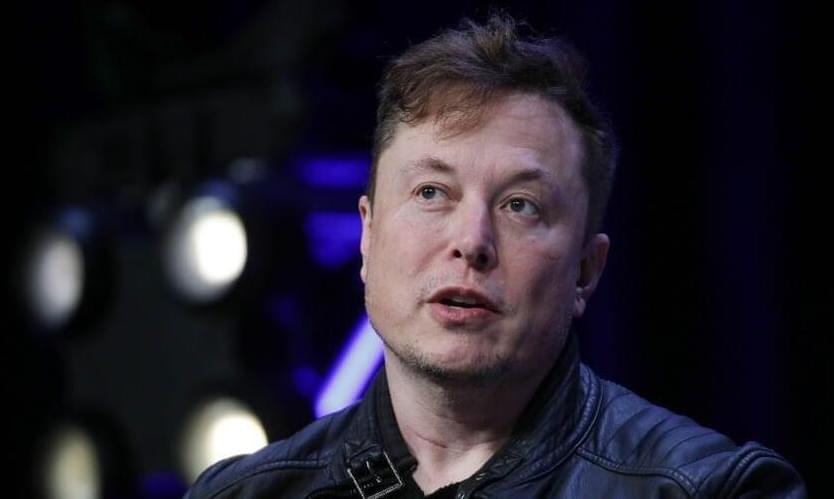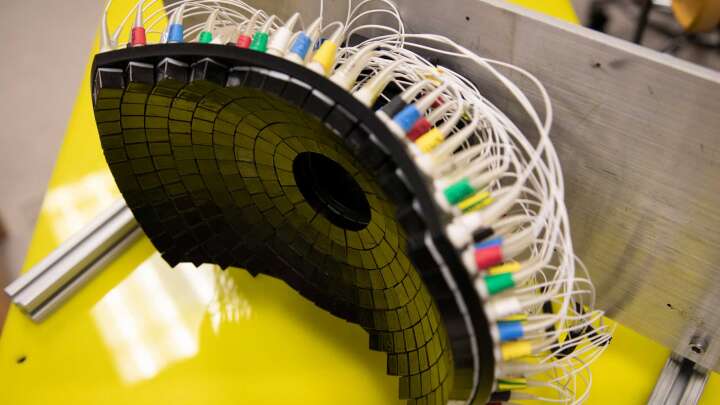
High-amplitude ultrasound pulses have been used to partially destroy liver tumors in rats, triggering the rodents’ immune systems to clear the remaining cancerous cells and prevent the disease from spreading or returning. Presenting their findings in the journal Cancers, the researchers behind this breakthrough say their technique could lead to effective, non-invasive treatments for some of the most intractable cancers in human patients.
Liver cancer certainly falls into that category, and is associated with a five-year survival rate of just 18 percent in the US. Though many treatment options are available, liver tumors have a tendency to metastasize or recur after these interventions.
In their study, the authors explain that conventional cancer treatments like chemotherapy, radiotherapy, and thermal ablation are effective at destroying tumors, yet also trigger a somewhat unpredictable immune reaction which can be anti-tumor or pro-tumor. Furthermore, they note that the size, location, and stage of a tumor can sometimes make it impossible to target the entire tissue mass with existing treatments.


